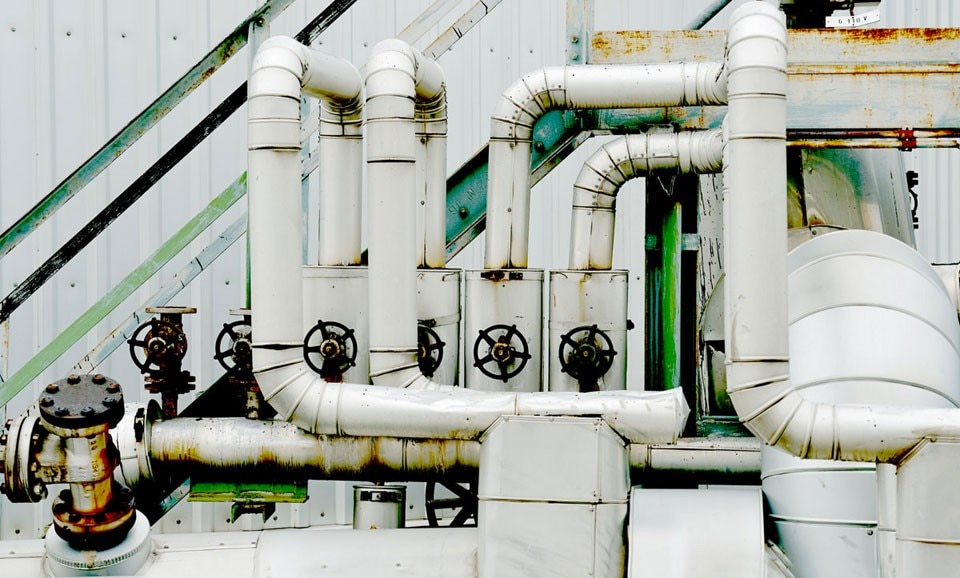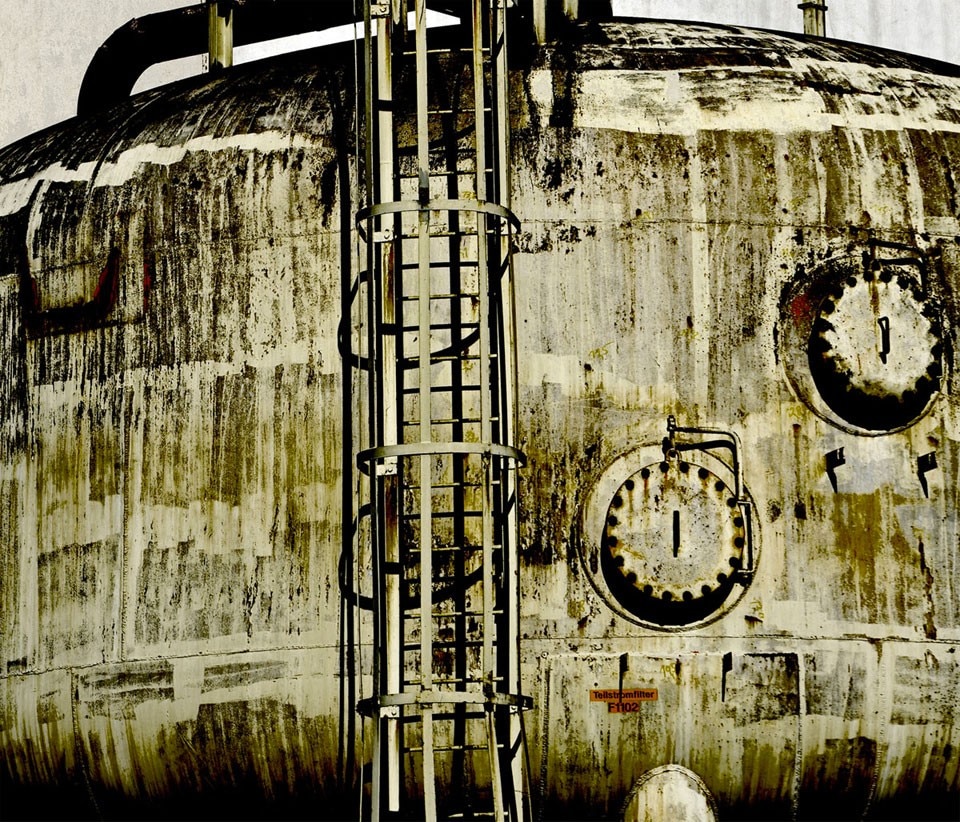
The locations in Gattaca create a proper link with Carlo D'Orta's photographic world. This reference has no formal didactic meanings. More likely, it has a connection to the organic process associated with post-rationalism. It looks as though geometries, straight angles, lines and modularities breathe an auto-generated oxygen stemming from a peripheral circulation. Such circulation expresses a biological quality inside the chemistry of architectural elements.
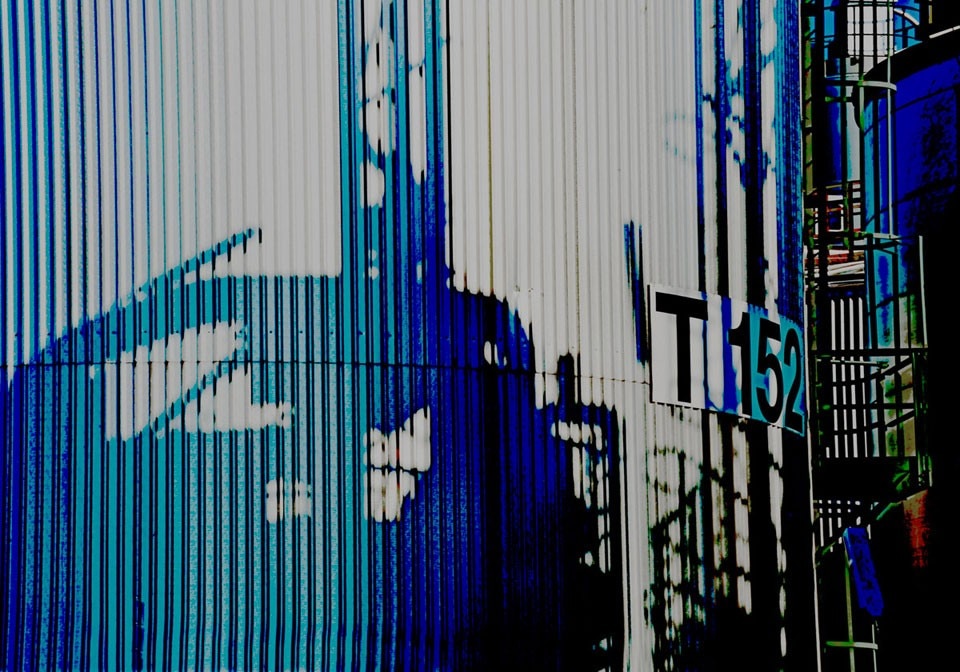
The now mature digital age is re-shaping the chain linking photographic framing with the final circulation of an image, through procedures and ways of contamination that have made photography the most complex, paradoxical and controversial among contemporary languages. The new tools have shortened the distance between generic users and performing quality. In the same way, digital speed has lessened the “aura” of the roll film, along with its processing and printing time. At the same time, usability is highlighting the importance of iconographic resistance, an ideal area for first-rate visual perspectives. This is about photographers who combine technical skills and the ability to watch, as well as a deep knowledge of print techniques, paper and mechanically-derived tools. I like to picture D'Orta in this figurative reserve devoted to special souls: a planet inhabited by the finest, but also the most curious and open-minded photographers-painters. Born in the digital era, with earlier roots in mechanics, they look back at history while focusing on research.
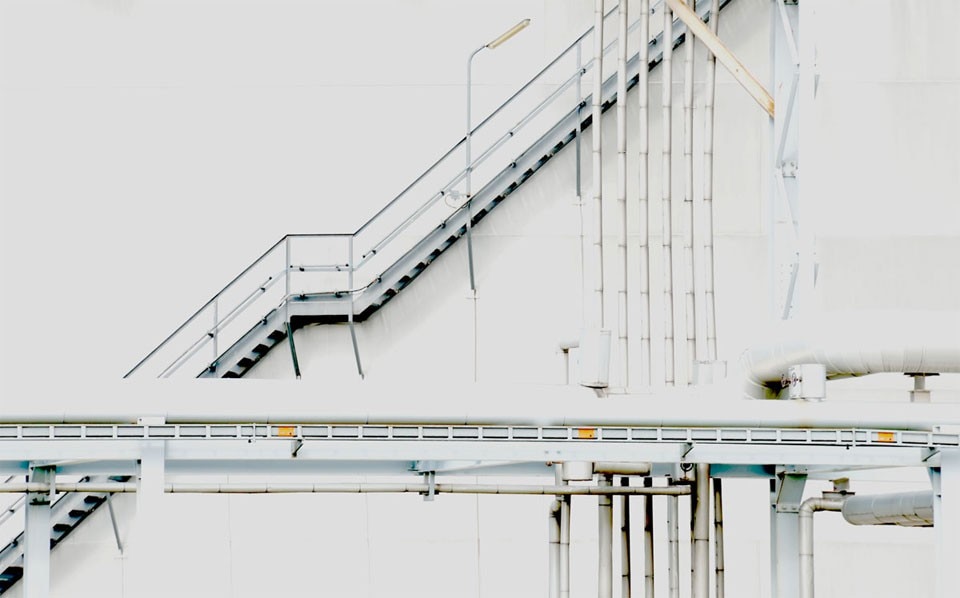
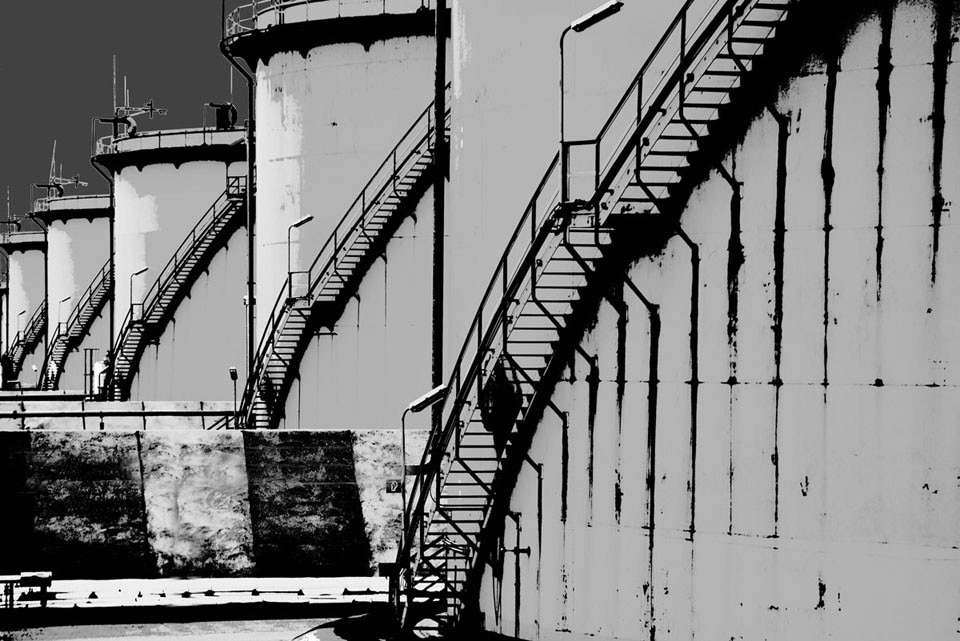
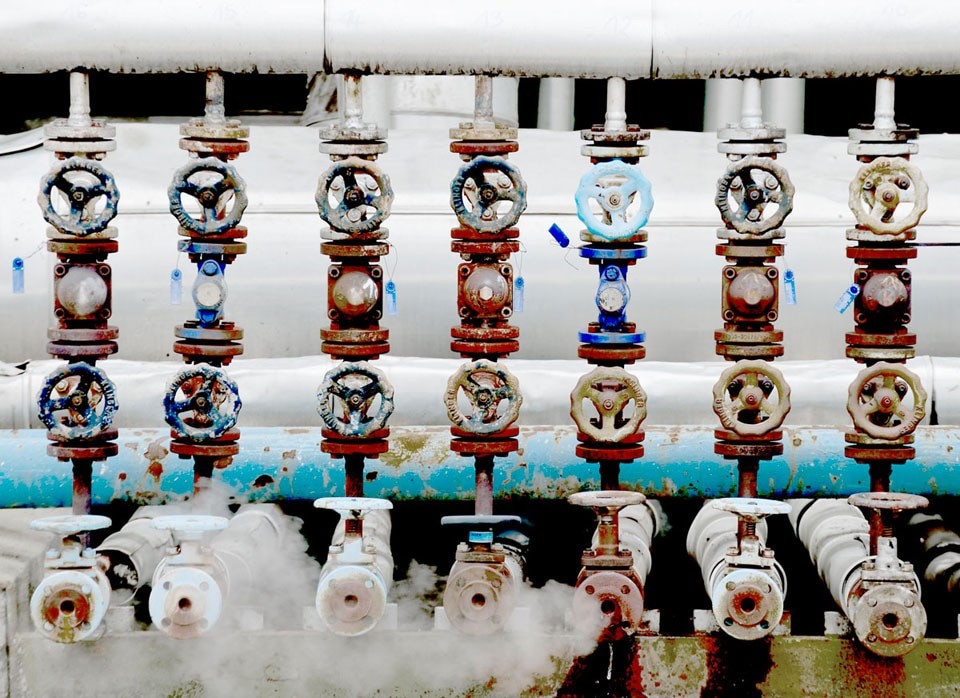
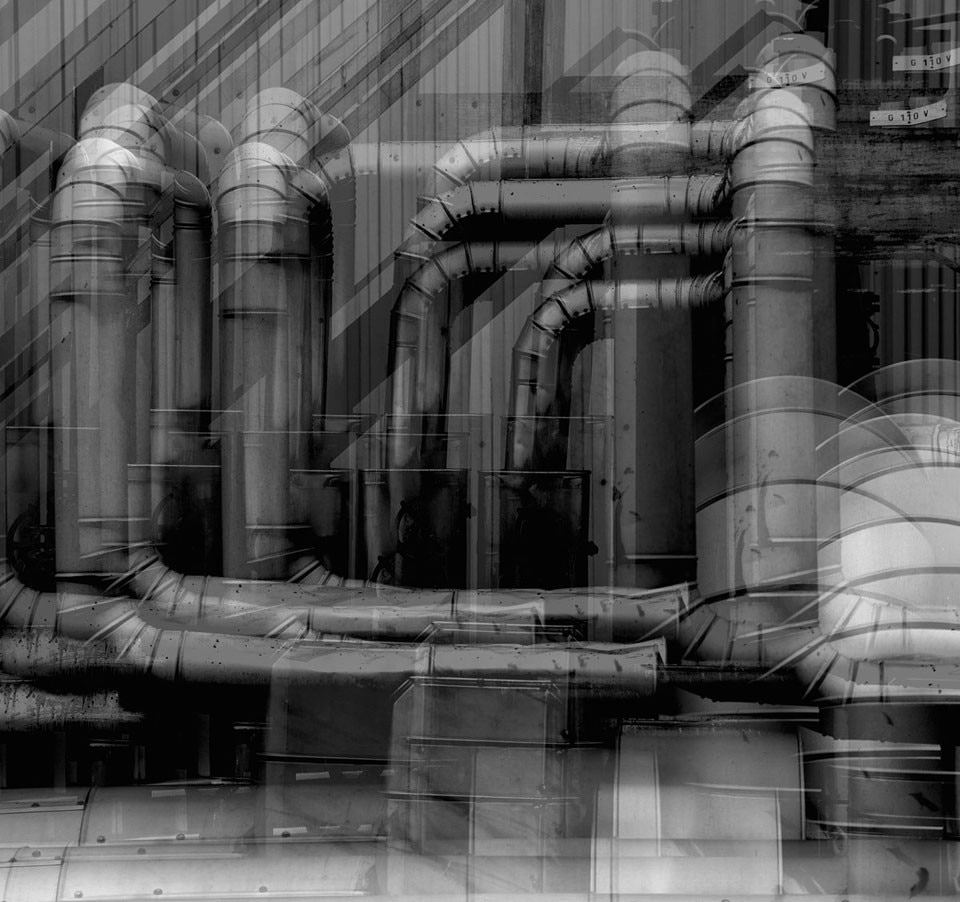

Through 26 May 2013
Carlo D'Orta: Biocities, (Re)FineArt, (S)Composizioni
Palazzo Collicola Arti Visive di Spoleto
Spoleto, Perugia


